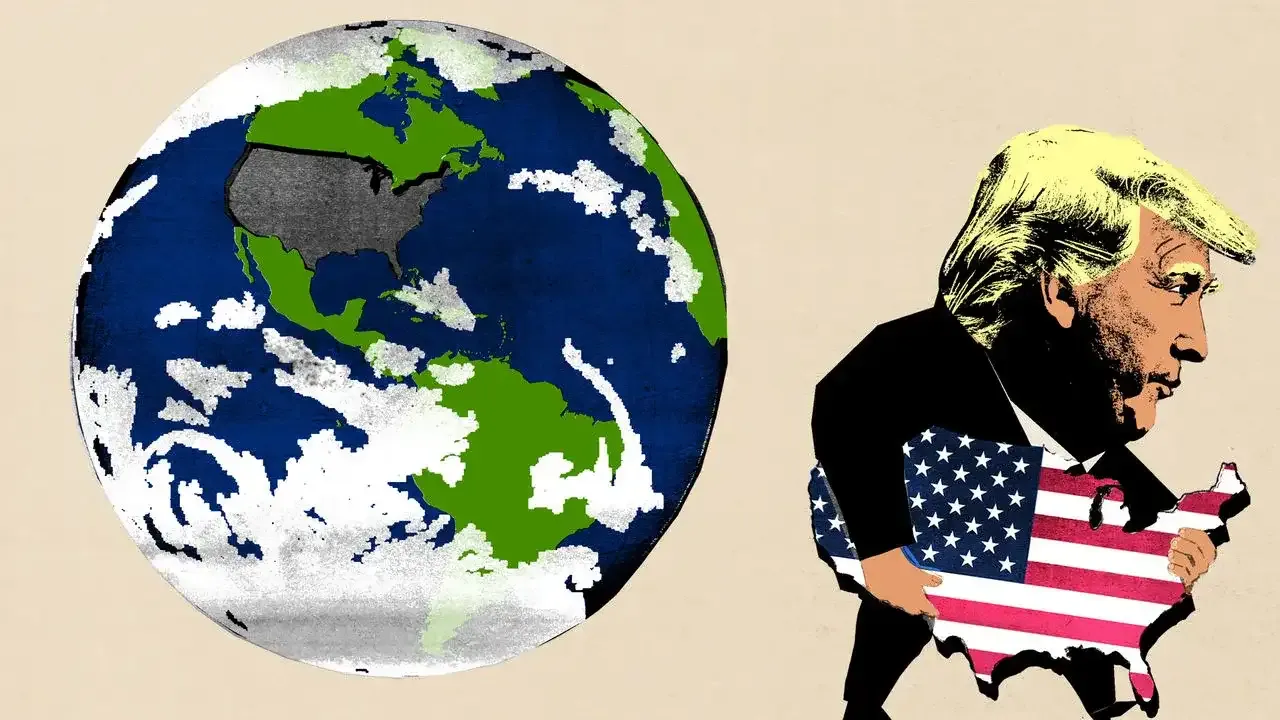Something to Watch:
Boats doing U-Turns in the middle of the ocean — If you think the twists and turns of the US-China trade threats/tensions/truces are confusing, try being the captain of a cargo ship plying a route between the two countries. Last month, a vessel carrying sorghum from the US to China did not one, but two U-turns on the high seas in response to shifting signals on agriculture tariffs between Beijing and Washington. You can trace the trails of trade uncertainty on maps monitored by Bloomberg here.
Something to Ignore:
Italy’s new prime minister — Italy’s Five Star Movement and Lega finally agreed on a compromise candidate to lead the first all-populist government in Western Europe: Giuseppe Conte, a law professor with no previous government experience. He’ll be at best a referee and at worst a figurehead in a government where the real decisions (and divergences) lie with Five Star’s leader Luigi Di Maio and Lega’s Matteo Salvini. Remember, both parties made promises — Lega wants tax cuts, Five Star wants universal income — that would blow up Italy’s budget and call into question the country’s ability to remain in the Eurozone.
